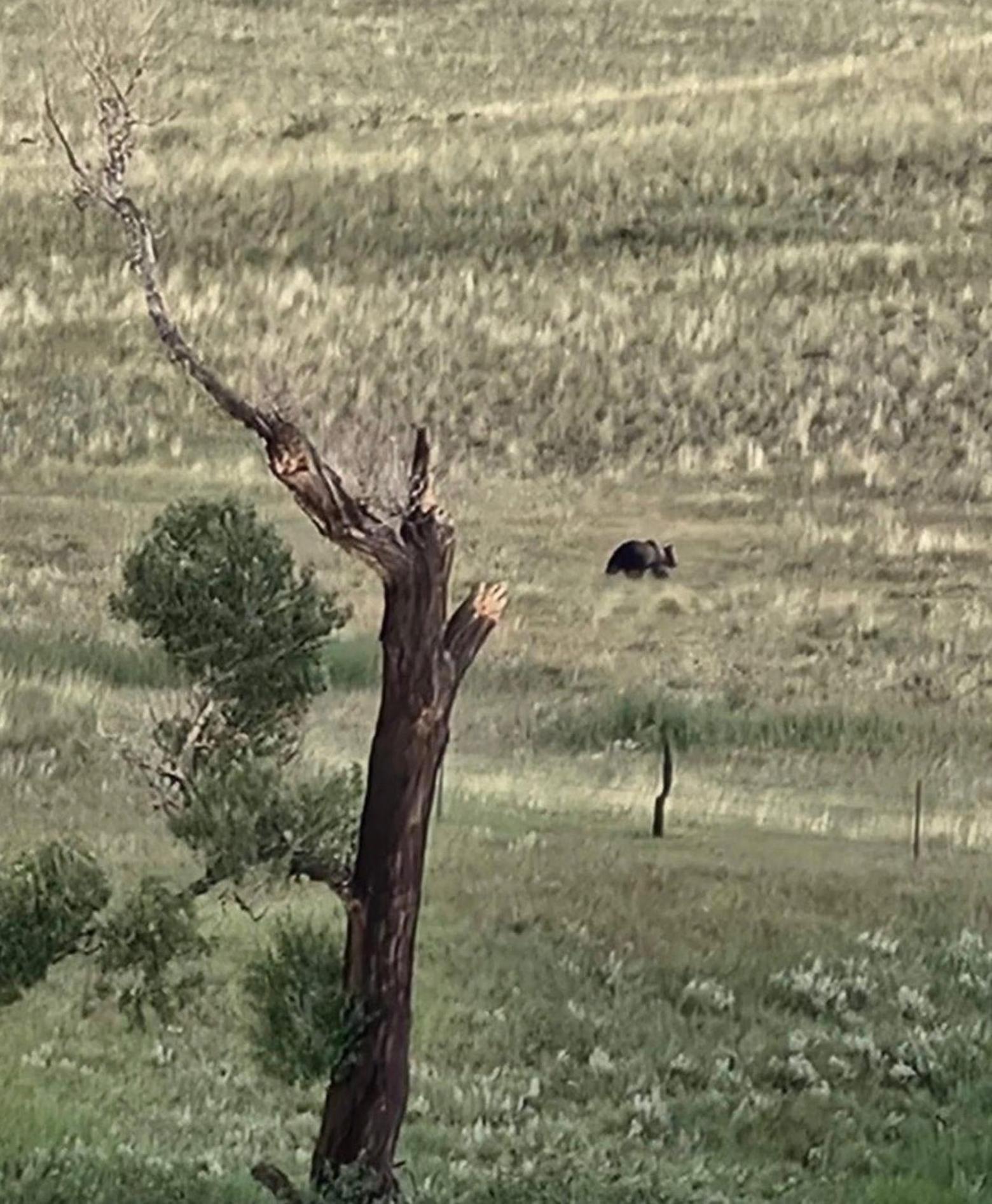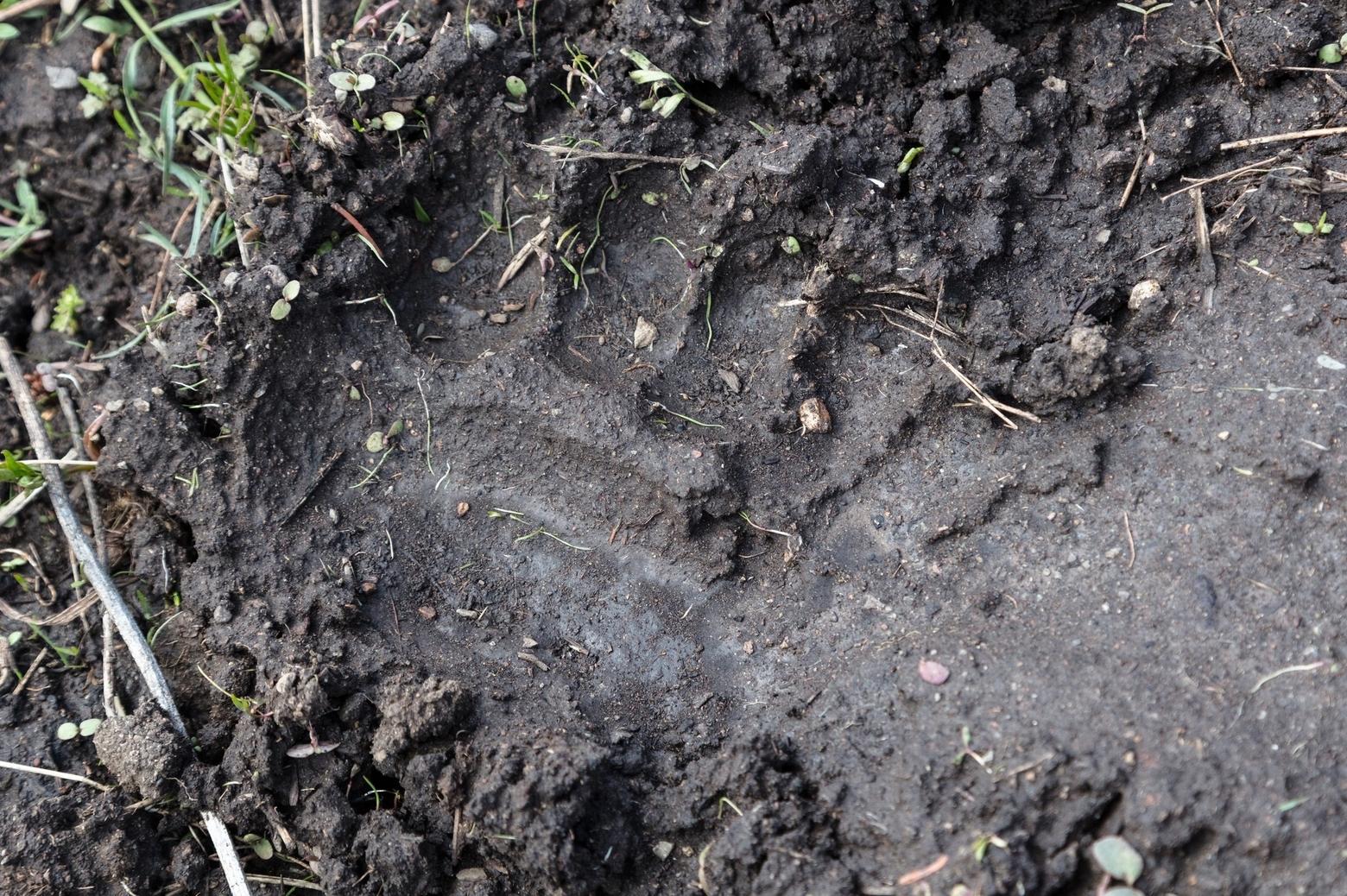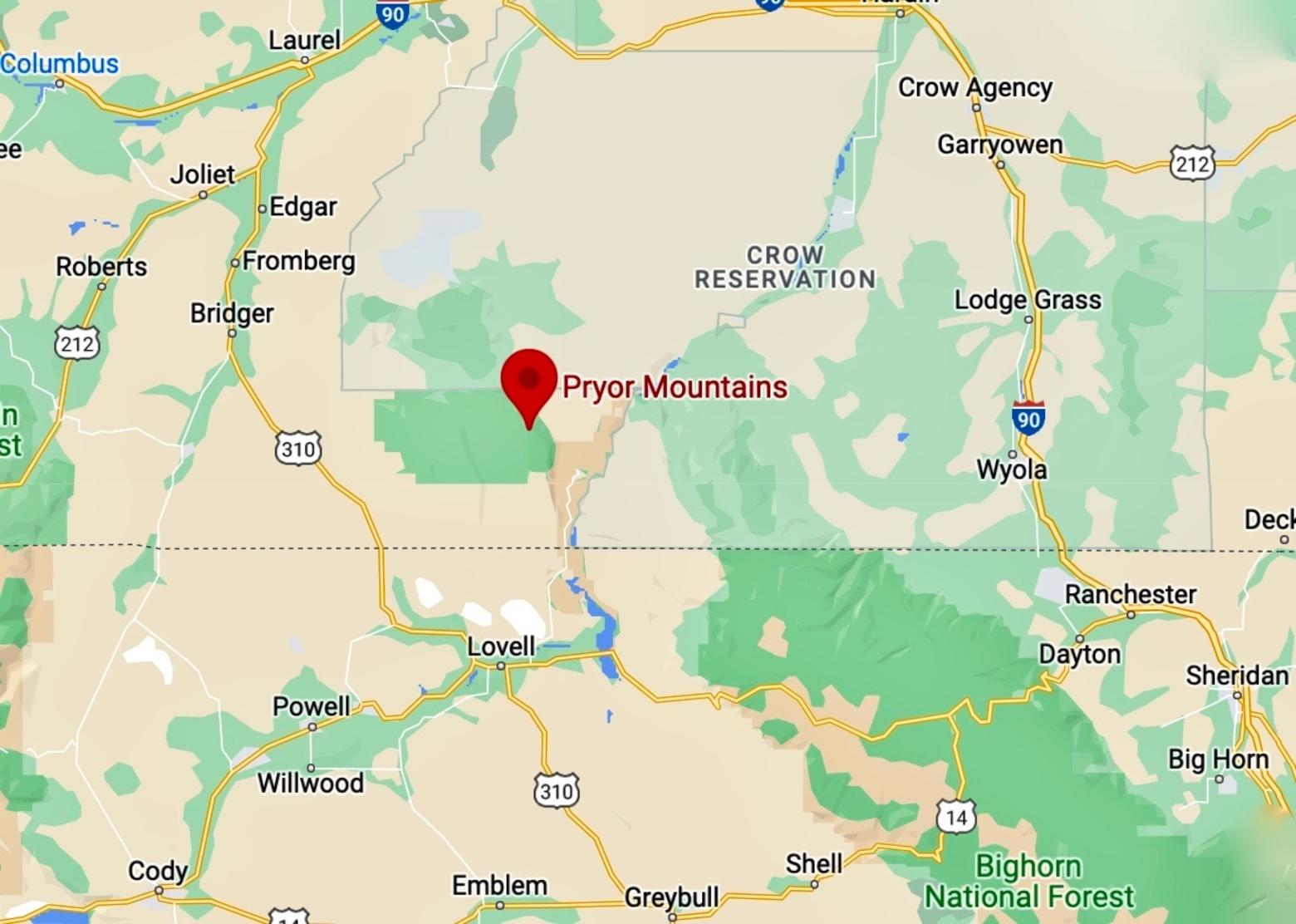Back to StoriesGrizzlies Spotted North Of I-90 Between Bridgers and Crazies, And In Pryors
July 12, 2023
Grizzlies Spotted North Of I-90 Between Bridgers and Crazies, And In PryorsConfirmed in new landscapes, bears on exploratory sojourns show how they can wander. Preventing conflict and being safe requires humans being aware and living smartly
by Todd Wilkinson
Lone grizzly bears are again showing up in places where they haven’t been in a long time—or at least confirming a presence presumed but not verified.
This week, a resident of the northern reaches of the Greater Yellowstone Ecosystem shared a photograph taken of a grizzly north of I-90 between Bridger-Bangtails and Sheep Mountain south of the Crazies.
For years, there's been talk of grizzlies finding their way northward out of the Gallatin and Absaroka mountains across the hazardous four-lane obstacle of Interstate 90 between Bozeman and Big Timber, Montana. This recent photograph provides further visual evidence but we're not going to tell you exactly where it was taken.
UPDATE: Hours after this story appeared, Montana Fish Wildlife and Parks confirmed that it was a grizzly in the Shields Valley and shared this photograph, below, of a grizzly track left in the mud.
In addition, Fish Wildlife and Parks issued a press release a few days earlier noting that a grizzly was spotted in the Pryor Mountains located between Absarokas and the Crow Reservation and Bighorn mountains southeast of Billings.
Movement outward from Greater Yellowstone and the Northern Continental Divide Ecosystem has been happening for a few decades. In 2010, a pair of young grizzlies were spotted between Great Falls and Fort Benton, Montana near the Missouri River, likely striking out from the Rocky Mountain Front. In 2017, grizzlies were spotted in the Big Belt Mountains northwest of White Sulphur Springs.
Incidental reports have also been made of grizzlies in the North Bridgers, Bangtails, Crazies, Tobacco Roots and in the Bitterroots which holds promise as a range of mountains that will provide biological connectivity between ecosystems on the north and south.
The non-profit American Prairie, formerly American Prairie Reserve, offers cash rewards through its Wild Sky program to landowners who capture images of grizzlies and other wildlife on their property using camera traps.
In Wyoming in 2021, a grizzly was spotted in the far southwest corner of the state near Utah. Could they again inhabit the Uintas or make their way to the western slope of the Colorado Rockies?
Biologists say it is not uncommon for young adult male grizzlies to wander widely, and, by and large, they have not come into conflict with people. In fact, often, people don't even know there are bears in the mountains and prairie near them.
Biologists say it is not uncommon for young adult male grizzlies to wander widely, and, by and large, they have not come into conflict with people. In fact, often, people don't even know there are bears in the mountains and prairie near them. Here's a link to a scientific paper written by Frank van Manen, head of the Interagency Grizzly Bear Study Team and other authors that discusses potential routes of connectivity for grizzlies between Greater Yellowstone and Northern Continental Divide.
Besides the sheer awe of both recent confirmations, a couple of things are worth noting:
There's habitat north of I-90 that can serve as viable homes and corridors for wildlife at the north end of Greater Yellowstone and the same holds true for rugged parts of the Bighorn Basin in south-central Montana and north-central Wyoming.
With grizzlies now known to be in the area, carry bear spray, know how to use it and if you live in those areas or plan on camping out, secure food attractants and your trash to keep bears and other animals from getting into them. Also, don’t let your dogs chase wildlife.
While Greater Yellowstone continues to come under huge human pressures, humans need to be thoughtful in recognizing the importance of habitat, the downsides of sprawl and the opportunity we have to provide true biological connectivity between Greater Yellowstone and ecosystems to the north, east and south.
Quality habitat that is good for grizzlies benefits hundreds of other species, large and small. If you want to protect wildlife on private land, thank farmers and ranchers and make a donation to your favorite local land trust.
Beyond that, here are some more tips offered by Montana Fish Wildlife and Parks.
Stay alert, look for bear sign, and make noise, especially where visibility is limited such as in brushy areas or fishing along streams.
Common bear sign to look for includes tracks, scat, diggings, torn up logs, carcasses, daybeds and overturned rocks.
Avoid traveling at dawn, dusk, or night when bears are typically most active.
Travel in groups and keep members together.
Never store food or other scented items in tents while camping.
Avoid animal carcass sites.
Landowners in the North Bridgers, Shields Valley, Bangtails, Crazies and Pryor mountains should follow these bear safety protocols to avoid potential conflicts and attracting bears.
Store garbage in certified bear-resistant bins or in secured buildings until the day of disposal.
Protect livestock, such as goats and chickens, with an electric fence.
Common attractants that might be alluring to a bear include pet and livestock feed, barbeque grills, bird feeders, fruit from fruit-bearing trees, and compost.
For any bear conflicts or concerns, contact Daniel McHugh at dmchugh@mt.gov or 406-850-1131.





